Architectural Wonders and Natural Delights
Embark on a captivating journey through Gliwice, where architecture and nature intertwine. Enjoy a free walking tour that showcases the beauty of old structures and lush greenery.
Time
3 Hours
Stops
9 Places
Distance
7.1 km
Gliwice Radio Tower
Start your tour at the Gliwice Radio Tower, the tallest wooden structure in the world, which offers a glimpse into the city's intriguing history.

Gliwice Radio Tower (Source: Google Maps)
The Gliwice Radio Tower, erected in 1935, stands as the tallest wooden structure in the world, measuring 111 meters. It was initially built for radio transmission and played a significant role during the Gleiwitz Incident, which was a pretext for the German invasion of Poland in 1939. The tower's unique design features a triangular base and a series of horizontal wooden beams that create a striking visual profile. Today, it serves as a historical monument and a symbol of the city’s rich broadcasting heritage, attracting visitors interested in both architecture and history.
Gliwice Jewish Cemetery
Reflect on the past at the Gliwice Jewish Cemetery, a poignant site that tells the story of the city's diverse history.
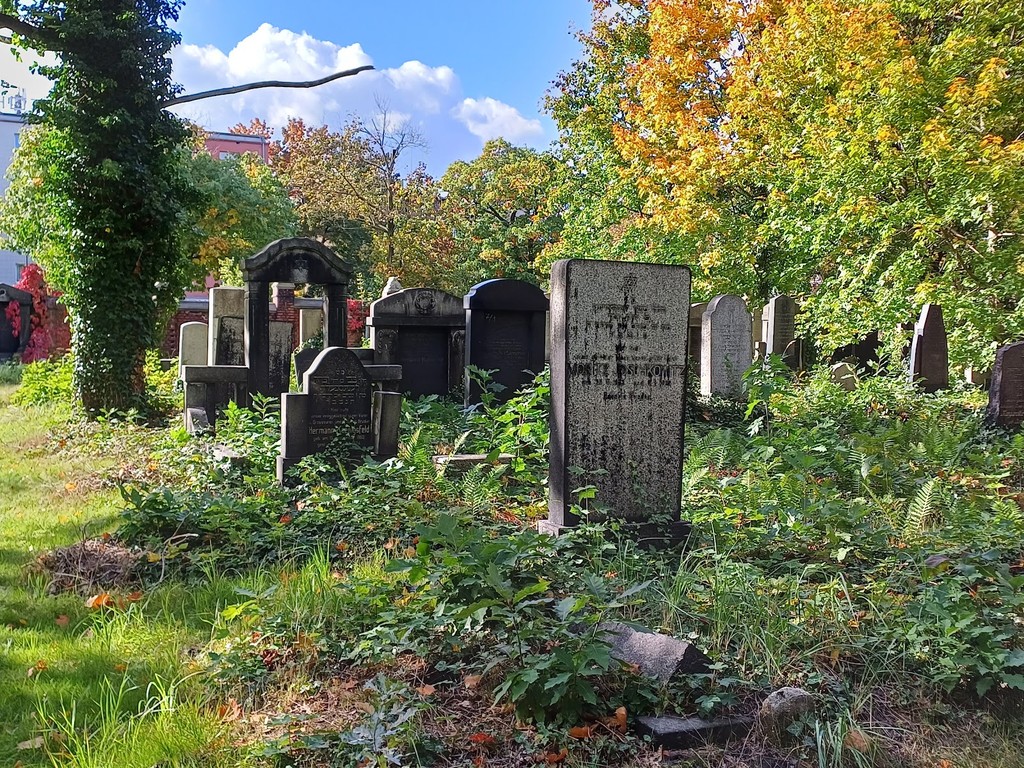
Gliwice Jewish Cemetery (Source: Google Maps)
The Gliwice Jewish Cemetery, established in the late 19th century, is a poignant reminder of the Jewish community that once thrived in the region. It contains a variety of gravestones, showcasing diverse artistic styles and inscriptions in Hebrew, German, and Polish. Many of the tombstones are ornately carved, reflecting the cultural heritage and traditions of the Jewish people. The cemetery stands as a testament to the rich history of Gliwice, as well as the tragic events of the Holocaust, making it an important site for reflection and remembrance.
St. Bartholomew's Church
Continue to St. Bartholomew's Church, a stunning example of Gothic architecture that reflects the city's rich ecclesiastical history.
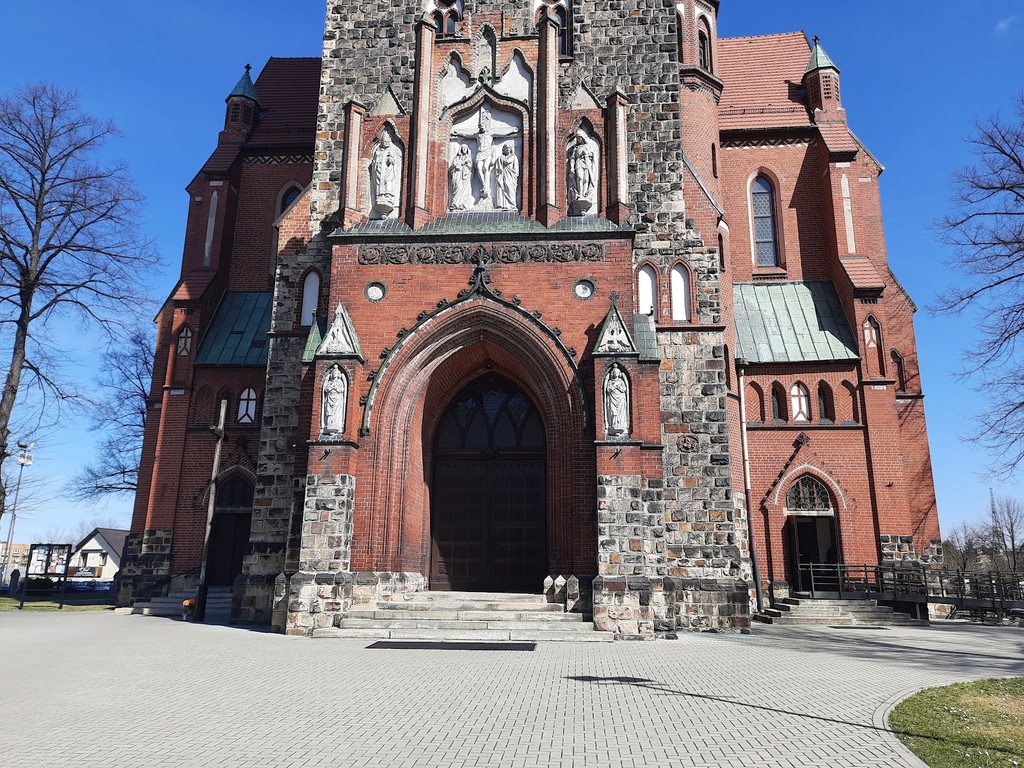
St. Bartholomew's Church (Source: Google Maps)
St. Bartholomew's Church is a remarkable example of Gothic architecture, built in the 14th century. Its towering spire and intricate façade captivate visitors, while the interior boasts stunning stained glass windows and detailed wooden altars. The church has been a center of spirituality and community life for centuries, serving as a venue for important ceremonies and events. Its historical significance is further highlighted by its role in the Protestant Reformation in Silesia. The church’s architectural beauty and cultural importance make it a must-visit landmark in Gliwice.
Palm House in Gliwice
A short walk away, the Palm House showcases a variety of exotic plants, providing a perfect blend of architecture and nature.
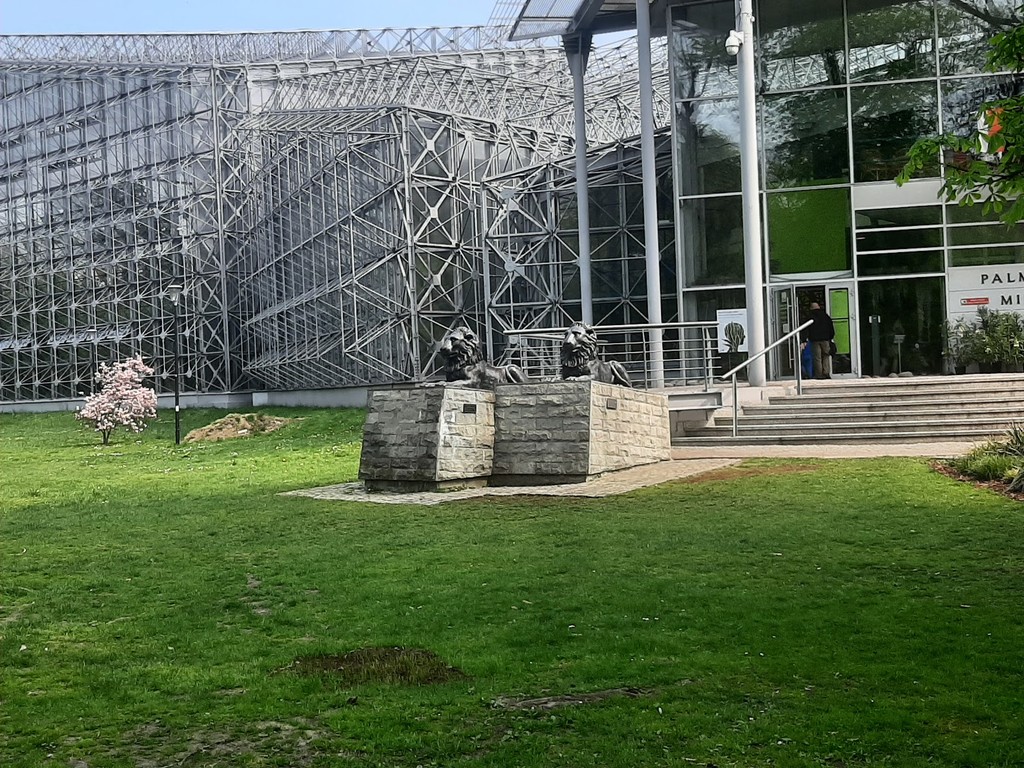
Palm House in Gliwice (Source: Google Maps)
The Palm House, located in the heart of Gliwice, is an architectural gem that houses a diverse collection of exotic plants from around the world. Built in the early 20th century, the structure features a beautiful glass and iron design that allows natural light to flood the interior, creating a lush oasis. Visitors can explore various themed sections, including tropical and subtropical plants, making it a perfect spot for nature lovers. The Palm House not only showcases botanical diversity but also serves as a venue for educational programs and exhibitions, bridging the gap between architecture and nature.
Park Chopina
Enjoy a walk through Park Chopina, a peaceful green space perfect for relaxing and appreciating nature amidst the city's bustle.
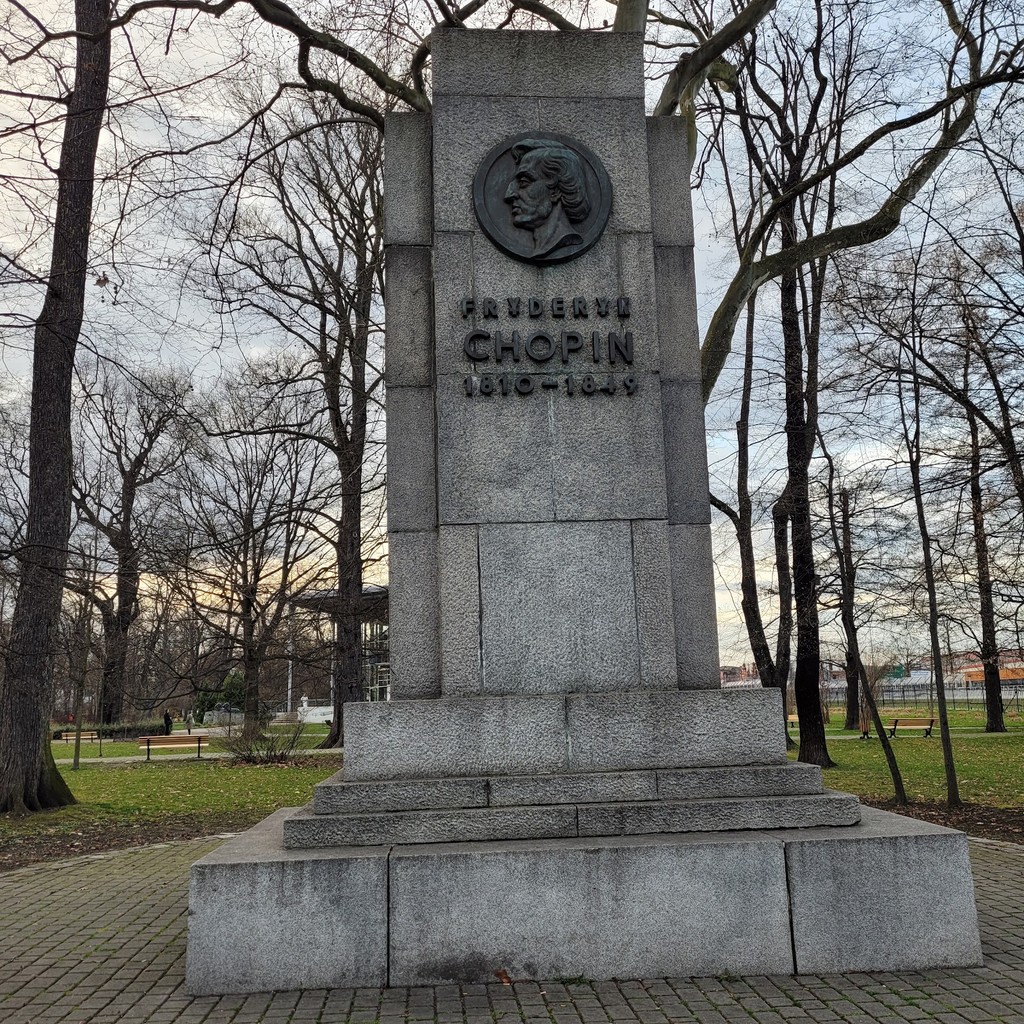
Park Chopina (Source: Google Maps)
Park Chopina is a serene green space in Gliwice, offering a peaceful retreat from the urban hustle. Established in the 19th century, the park is characterized by its well-maintained pathways, vibrant flowerbeds, and majestic trees. Visitors can enjoy leisurely strolls, picnics, or simply relax by the pond. The park also features sculptures and benches that add to its aesthetic appeal. As a popular gathering spot for locals and tourists alike, Park Chopina embodies the harmonious blend of nature and community life in Gliwice.
All Saints Church
Visit All Saints Church, an impressive Baroque building with a fascinating interior and a vital part of Gliwice's cultural heritage.
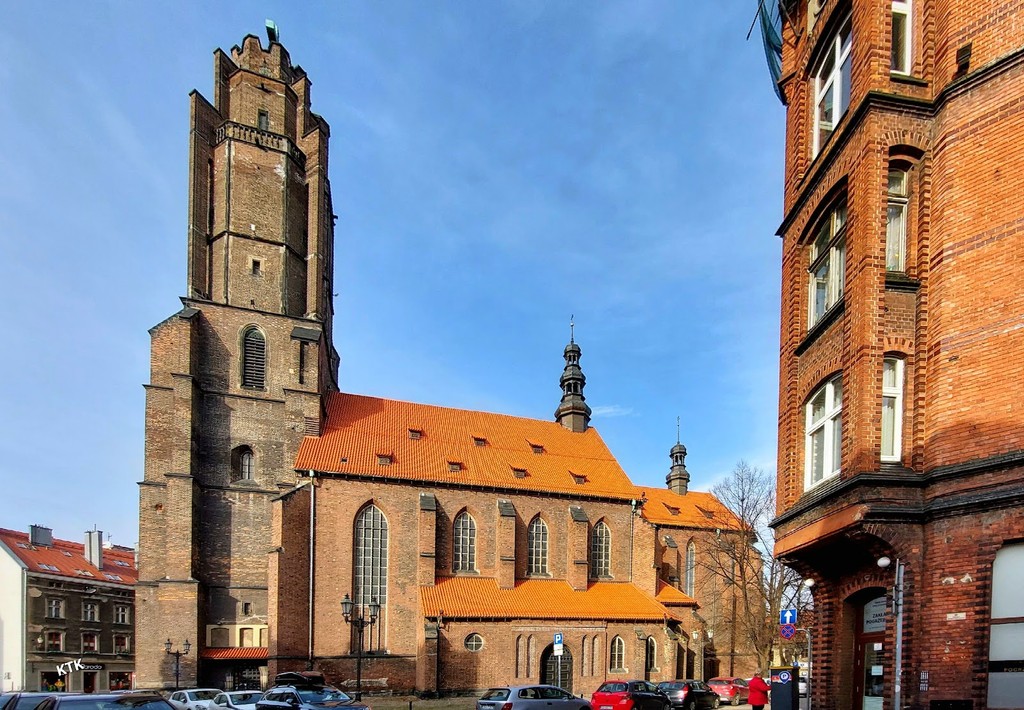
All Saints Church (Source: Google Maps)
All Saints Church is a stunning Baroque structure that dates back to the 18th century. Its façade is adorned with intricate sculptures and decorative elements, making it a standout feature of Gliwice's architectural landscape. Inside, the church boasts an impressive altar and beautifully painted ceilings, showcasing the artistic talents of the period. Throughout its history, All Saints Church has been a vital part of the community, hosting significant religious events and celebrations. Its cultural significance and architectural beauty make it an essential stop on any tour of Gliwice.
Market Square (Rynek)
The heart of Gliwice, Market Square is surrounded by beautiful townhouses and offers a vibrant atmosphere for a leisurely stroll.
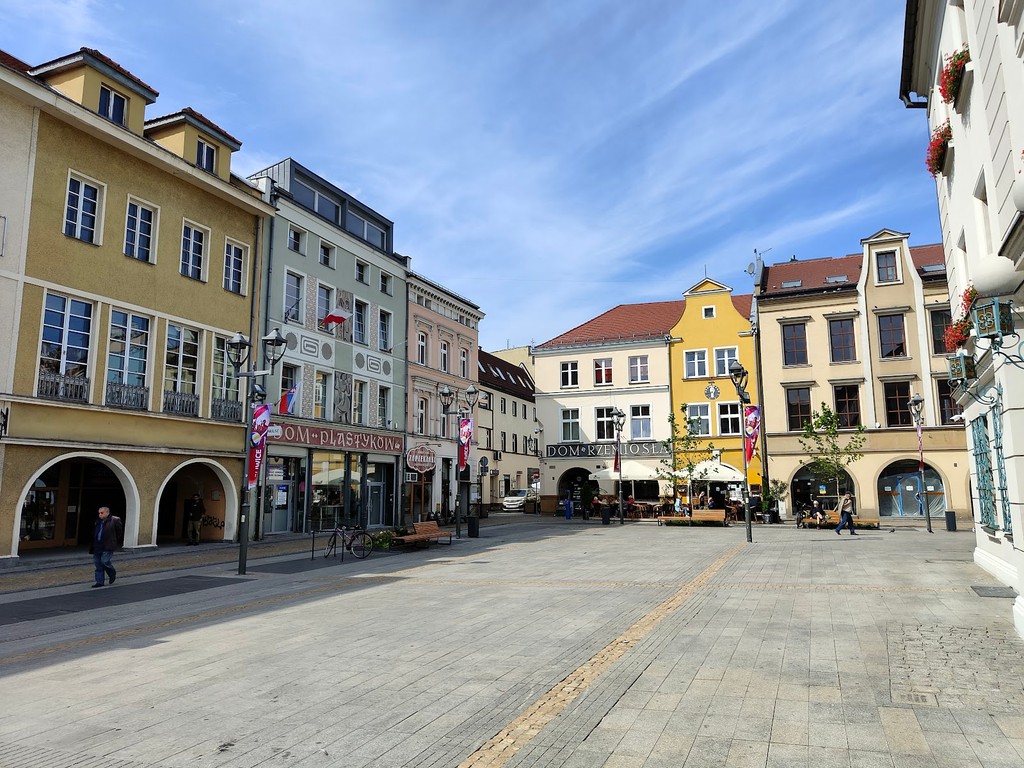
Market Square (Rynek) (Source: Google Maps)
Market Square, or Rynek, is the vibrant heart of Gliwice, surrounded by charming townhouses and bustling cafes. The square has been a central gathering place since the city's founding, serving as a hub for trade, culture, and social interaction. The architectural styles of the surrounding buildings reflect the city's historical evolution, with elements of Gothic, Renaissance, and Baroque design. Visitors can enjoy the lively atmosphere, explore local shops, and savor traditional Polish cuisine. The Market Square is not just a visual delight; it embodies the spirit and history of Gliwice.
Gliwice Castle (Piast's Castle)
Explore the medieval architecture of Gliwice Castle, which dates back to the 14th century and now houses a museum.
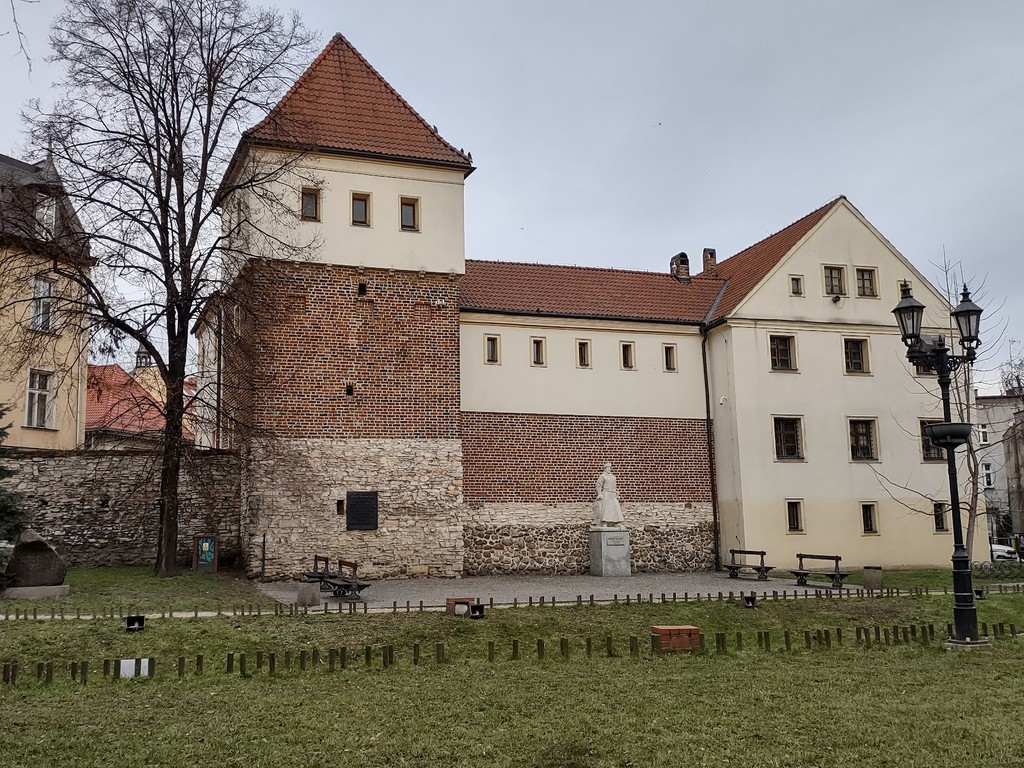
Gliwice Castle (Piast's Castle) (Source: Google Maps)
Gliwice Castle, also known as Piast's Castle, is a medieval fortress that dates back to the 14th century. Originally built for defensive purposes, the castle showcases a mix of architectural styles, including Gothic and Renaissance influences. Over the centuries, it has served various roles, including a residence for local nobility and a museum. The castle's well-preserved structure features a picturesque courtyard and a tower that offers panoramic views of the surrounding area. Today, Gliwice Castle stands as a symbol of the city’s historical legacy, attracting visitors interested in history and architecture.
Church of the Holy Trinity
Conclude your architectural exploration at the Church of the Holy Trinity, a beautiful example of neoclassical design.
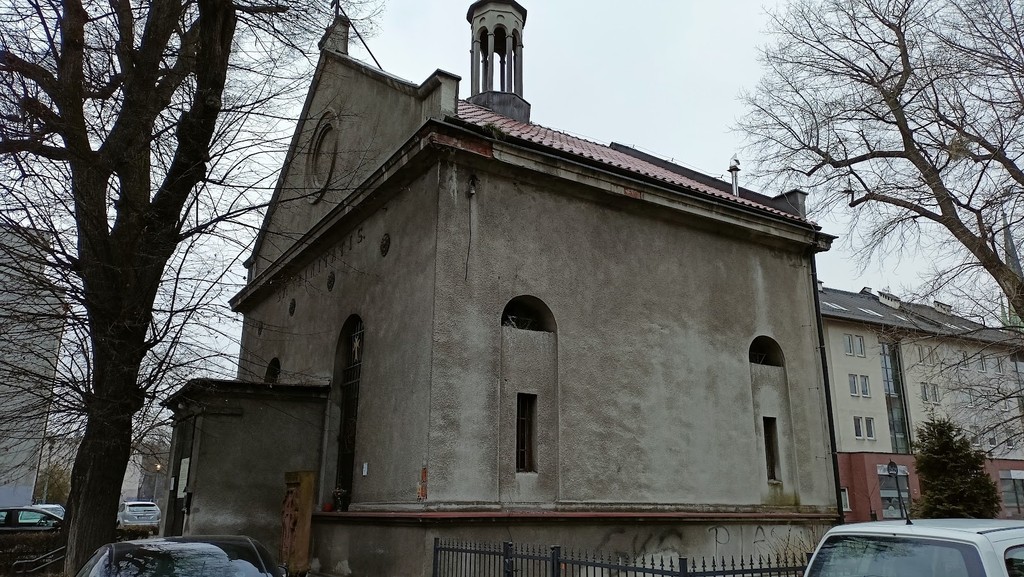
Church of the Holy Trinity (Source: Google Maps)
The Church of the Holy Trinity is a beautiful example of neoclassical architecture, completed in the 18th century. Its grand façade features impressive columns and a striking dome, making it one of the most recognizable landmarks in Gliwice. The interior is equally captivating, adorned with intricate decorations and religious artworks that reflect the church's spiritual significance. Throughout its history, the church has been a center for worship and community gatherings, playing a vital role in the cultural life of Gliwice. Its architectural elegance and historical importance make it a highlight of any architectural tour.

Your travels, your rules.
Create your own Free Walking Tours.
Set your preferences, distances and anything you want to do or see.
Completely free, no payment required.